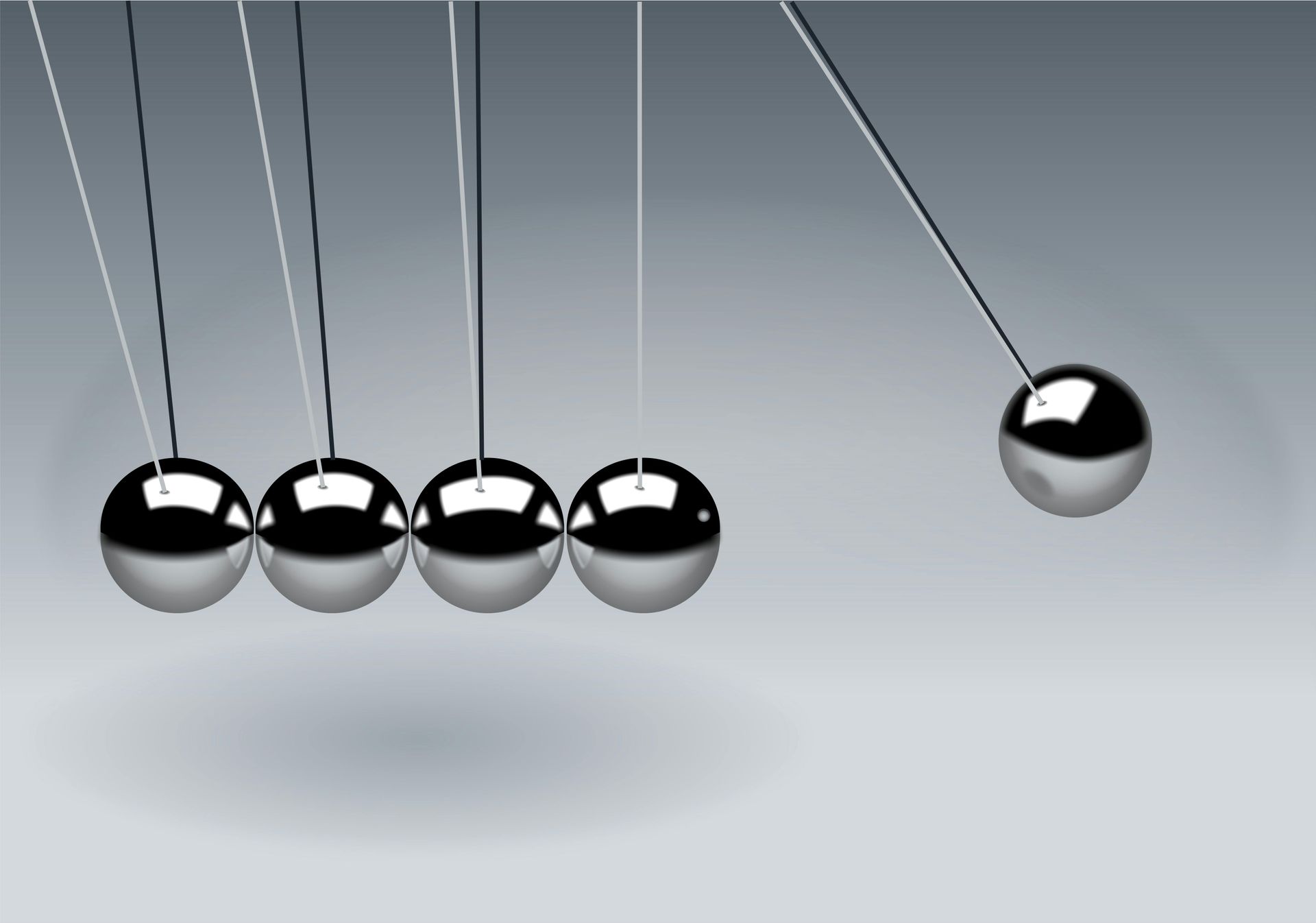Physics, Uncertainty, and the Market Thermodynamics
In the exact sciences, uncertainty is never an excuse—it is the starting coordinate. From Heisenberg’s inequality, which forbids simultaneous perfection in measuring position and momentum, to Kolmogorov’s treatment of turbulence, modern physics formalises “noise” as quantifiable information rather than an irritant to be ignored. A Brownian particle wandering in a solvent or a plume of pheromone diffusing in a turbulent nocturnal breeze both obey probability density functions that can be computed, bounded, and ultimately harnessed. Markets are chemically no different. Every digital impression, every bid in a programmatic auction, every micro-gesture on a screen is a stochastic micro-state inside a vast socio-economic gas. Marketers who assume deterministic cause-and-effect (“push the button—get the sale”) commit the same fallacy as an early 19-century astronomer searching for a frictionless ether. The correct analogue is statistical mechanics: individual buyers are unpredictable, but their ensemble behaviour can be described—and, crucially, steered—through robust probabilistic operators. Where physicists speak of variance, covariance, and partition functions, marketing scientists speak of lift, confidence intervals, and conversion surfaces; both languages describe the same underlying mathematics of constrained uncertainty. The contemporary CMO therefore faces a challenge surprisingly similar to that of the experimental physicist: how to design instrumentation that reduces measurement error, applies Bayesian priors honestly, and converts random excitation into directed work. The promise of our era is that machine learning can now do for marketing what laser interferometry did for gravitational-wave detection—lower the noise floor until meaningful signals emerge without violating the fundamental limits of indeterminacy.
Two International Case Studies of Probabilistic Advantage
Consider first Amazon’s “anticipatory shipping” patent, a logistics protocol that dispatches inventory toward regional hubs before a customer has pressed “buy.” The algorithm behind that feat is a high-dimensional Bayesian network that assigns posterior probabilities to demand vectors under real-time uncertainty—conceptually identical to predicting a particle’s most likely trajectory inside a potential field. The payoff is double: inventory velocity rises while last-mile costs fall, demonstrating how a disciplined embrace of probabilistic forecasting outperforms deterministic “order-then-ship” heuristics. Second, Unilever’s global “People Data Centre” reframes brand strategy as Monte-Carlo simulation. By ingesting billions of social mentions, weather feeds, and retail scans, the centre generates ensemble forecasts for everything from ice-cream sales on a humid Tuesday in Mumbai to deodorant trends during a London heatwave. Decisions about creative, media spend, and even new-product timing are gated behind probabilistic threshold tests—if the expected value of lift exceeds a one-sigma improvement, the campaign advances automatically. Both examples illustrate a structural truth: uncertainty is not eliminated but parameterised, budgeted, and ultimately monetised. This is precisely the aperture through which Certainty Lab operates. Our mandate is not to promise clairvoyance—physics teaches that clairvoyance is forbidden—but to narrow the distribution until the boardroom can act with thermodynamic efficiency. In that sense, Amazon and Unilever are not merely success stories; they are empirical validations that a σ-driven worldview converts volatility into competitive edge, provided the underlying statistical mechanics are treated with the same rigour one would apply in a wind-tunnel experiment.
Certainty Lab’s Quantum Edge AI: Engineering Marketing’s σ-Score
At Certainty Lab we transplant those physical principles directly into commercial DNA. Our Quantum Edge AI platform begins by mapping a client’s “market odorscape” — a term I borrowed from my doctoral research tracking pheromone plumes under controlled turbulence. We parse three orthogonal vectors: signal quality (creative resonance as measured by semantic-vector entropy), signal availability (impression share vs. competitive clutter), and flow dynamics (the volatility profile of audience attention across channels). Each vector feeds a partition-function model that outputs a single, CFO-legible metric: the σ-Score, representing the reduction in forecast error relative to a naive baseline. In practice this means that a retailer in Berlin receives a recommendation stating, “At σ = 2.1 confidence, reallocating 18 % of your Instagram budget to CTV between 18:00–22:00 will raise net contribution margin by €-0.47 per click.” The same probabilistic scaffold powers creative selection: instead of conventional A/B testing, we apply Thompson-sampling bandits constrained by an energy budget—analogous to limiting joule dissipation in a physical system—so that exploration never exceeds the noise ceiling validated in historical data. Early pilots show conversion-rate lifts between 28 % and 42 % while reducing spend uncertainty by up to one full standard deviation. Crucially, the platform is explainable: every recommendation links back to its priors, likelihood ratios, and error bounds, mirroring peer-review protocol rather than “black-box” folklore. By fusing the epistemology of hard science with the velocity of modern commerce, we aim to make certainty not a promise but a repeatable production output—just as any good laboratory should.

